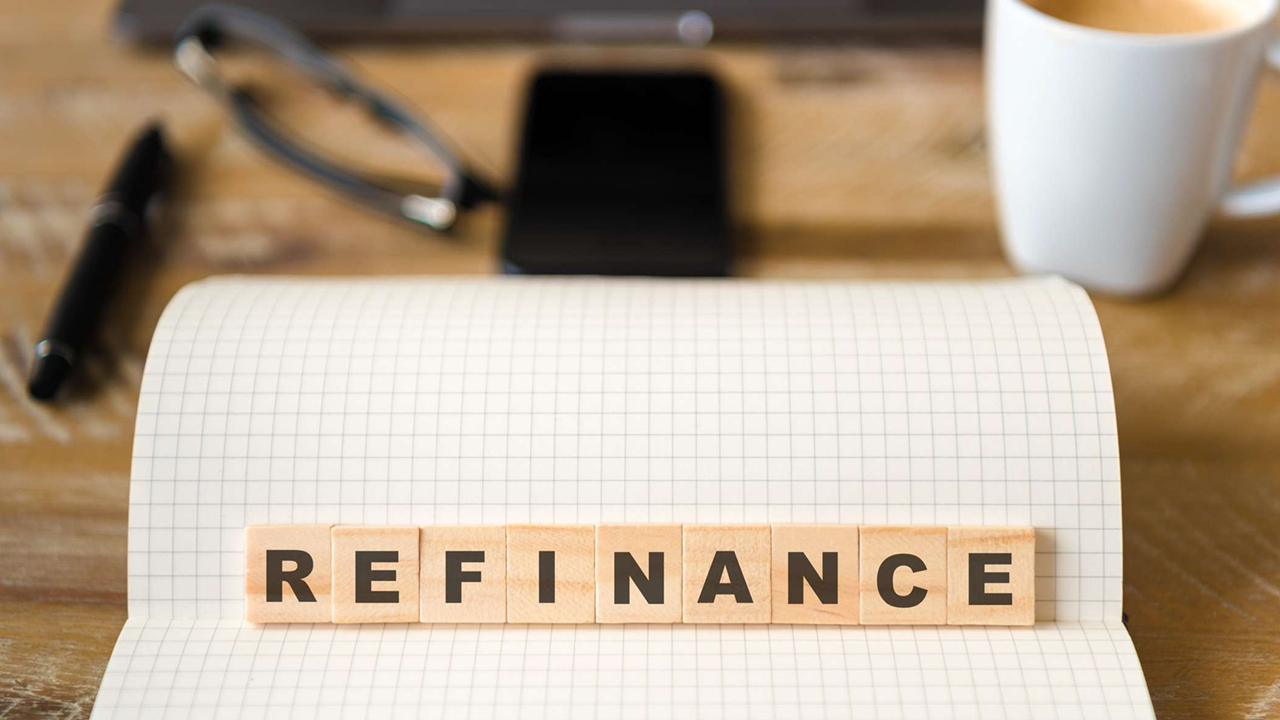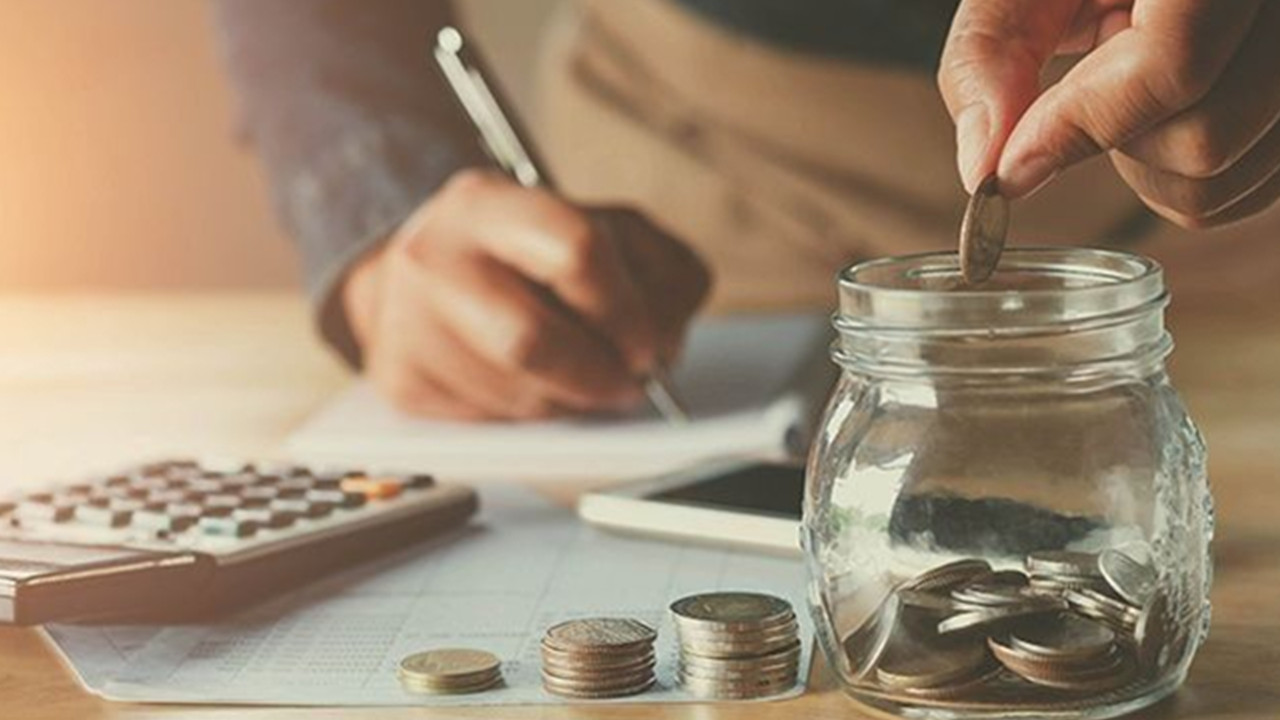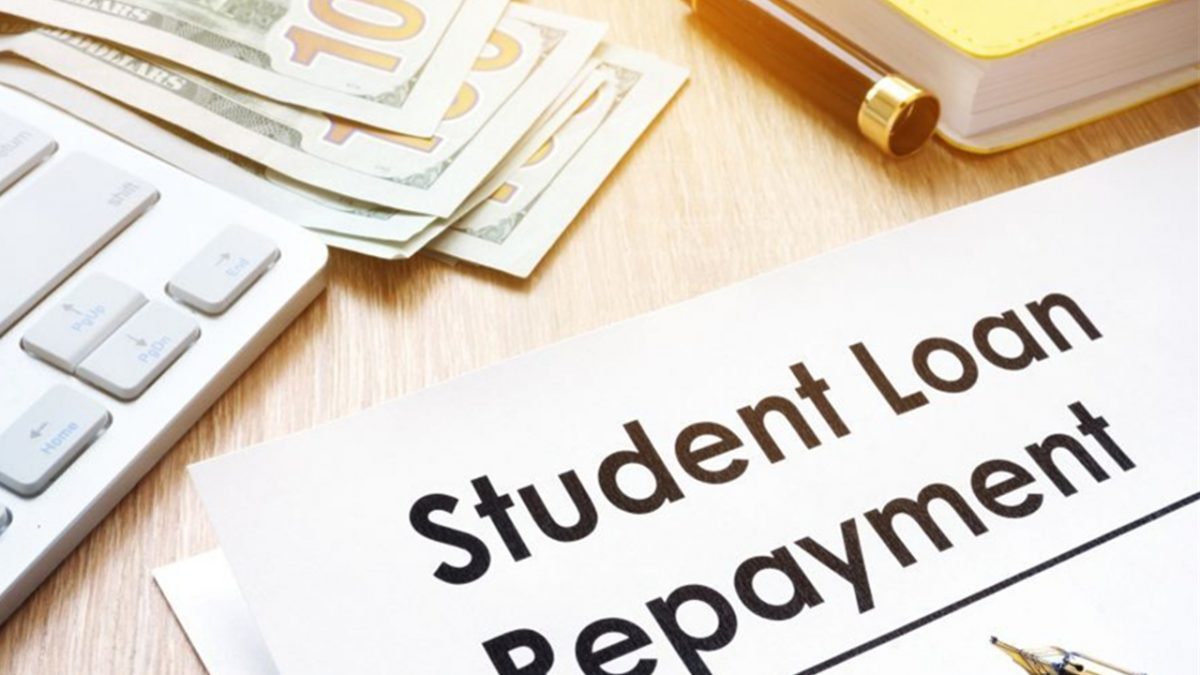There are multiple ways to tackle debt. We all make financial mistakes and it is important to know how to deal with them. Sometimes, the best course of action is to start paying off the smallest debt and free up some cash to pay off early other loans, credit cards, and other types of debt. Sometimes paying off debt early may not be an option. You may find yourself in the position of having to refinance your debt or consolidate multiple loans into a single one.
The desired way to reduce debt is to reduce expenses as much as possible to free up some money to pay off some debt. When there are no more costs to cut, refinancing can be a reasonable alternative.
Understand Why And When To Refinance
Before even considering refinancing, it is important to have a clear goal, plan, and a good understanding of what is desired to be achieved. Ideally, the refinance should be done to consolidate larger debt into a single loan. The goal is to reduce monthly payments to free up some cash. Smaller loans such as credit card debt should not be touched. They should not be refinanced. Instead, they should be paid off early using the extra cash left after refinancing larger loans.
A lot of people are against refinancing. It may prove the only reasonable way to help reduce debt.

How To Go About It
The very first thing you should do is to make a list of all your loans, credit card debt, and other types of debt. List them either ascending or descending based on how much liability you still have in each of these. The smallest debt should be taken out of the list. The remaining debt, the large ones, should be considered for refinancing.
If you have already paid more than 50% of a loan, you might not want to refinance that one. You will extend the loan period by refinancing them which may mean paying interest for one or more years for the remaining amount. Once you decided which loans or debt you want to refinance, check with a broker or multiple banks to see where you can get the best interest to save as much money as possible.




